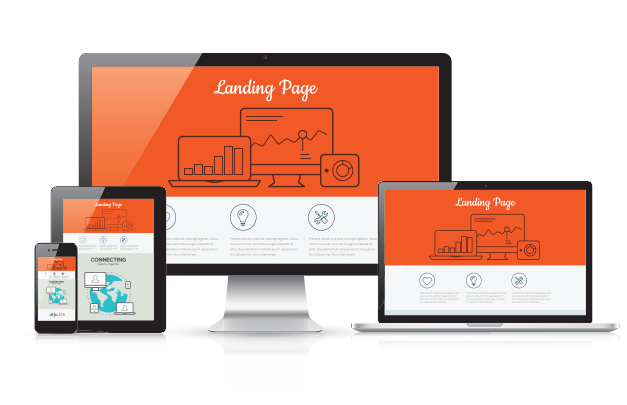We've covered how to get started with augmented reality by first choosing your experience type. The next step to take when getting started in AR is to choose your mobile marketing strategy.
I like to categorize the mobile-first strategies into two buckets: porting and tunneling.
Porting
Porting leverages your existing content — video, audio, 3D, interactive — and a third-party AR mobile app to create new experiences for your audiences. This strategy is typically a good starting point for companies who want to test the waters of augmented reality. It's a low-risk, low-cost, and quick-to-execute option for AR. It is a short-term strategy, though, as it does not take full advantage of the medium's potential. The end goal, as we see it at Trekk, is to use AR as a channel through which to distribute content long-term in order to engage in ongoing dialogue with your audience.
Porting may be a good fit for you if you agree with one or more of the following statements:
- My company has created some video or digital assets in the past, but we're not doing much with them right now. They live on social media and their views and interactions are low.
- My boss wants to try AR at an event next week.
- I'm interested in AR but I don't have the budget to create new experiences or a custom mobile app.
- I want a way to make my print collateral more interesting.
Tunneling
Tunneling sets the expectation with audiences that all content coming from your organization in the future will have a layer of media-rich content that can be unlocked using your app. It requires your company to either add an AR browser to its existing app or create a new branded AR app. One valuable benefit of this strategy is that it streamlines things for your audience by eliminating the need to download a third-party app to engage with your AR experiences. They download your mobile app once and then use it to explore supplemental content and experiences from there on out. Essentially, a tunneling strategy opens an ongoing channel or "tunnel" of brand interaction.
Imagine you send an object — a coffee cup, say — to all of your customers and tell them that going forward, they can scan it to receive new promotions, interact with customer support, and get VIP access to events. That coffee cup sits on their desk and becomes a way that, at any time, they can get your content and engage with your brand. This long-term solution for communication is the idea behind tunneling.
Tunneling may be a good fit for you if you agree with one or more of the following statements:
- My company has adopted a mobile-first strategy and wants it to be the primary channel for all communications.
- My boss wants to blow away the competition at our next industry event and believes mobile and AR are the best technologies for achieving that.
- We have seen increased engagement with communications that include AR and we have decided it should be a part of all our print communications.
- I want to move past a simple video experience to create compelling and interactive content that encourages an ongoing dialogue with my audience.
- My company has seen a lot of sucess with our mobile app and are looking for new ways to enhance its functionality.
You've got the basics of choosing an experience type and a strategy. If you're ready to get started with AR, get in touch and we'll discuss your goals and how to make them happen.



